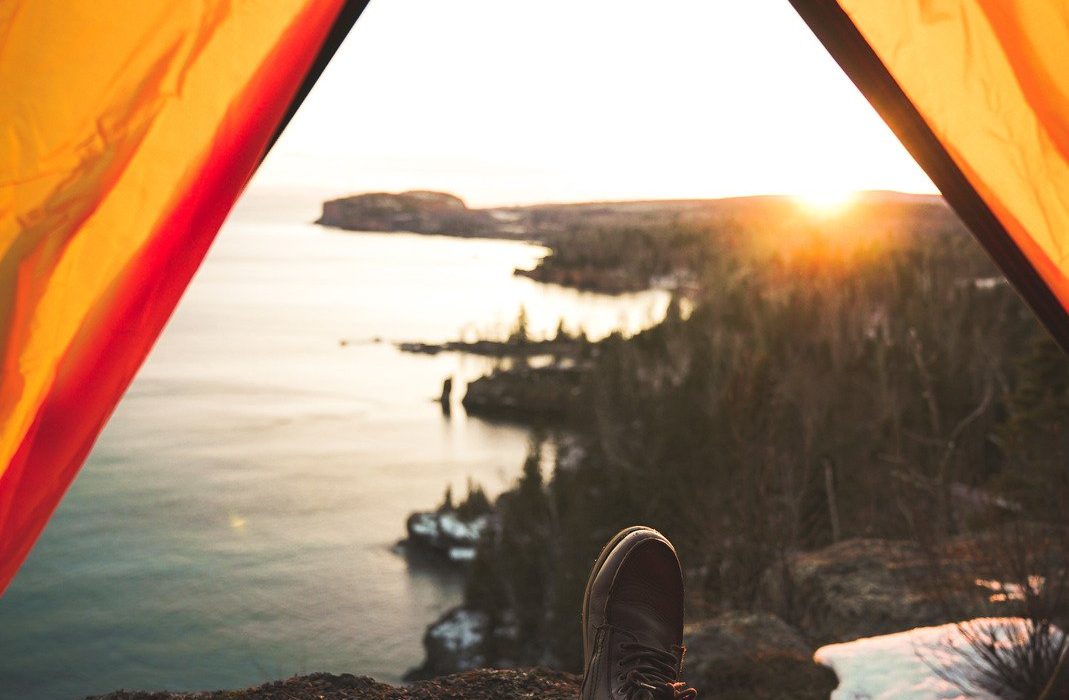Are you tired of the same old vacation spots and looking for something more adventurous? How about exploring some hidden gems around the world! From beaches to mountains, there are countless locations waiting to be discovered. But have you ever thought about going gem hunting during your travels? It may sound like a dream come true, but it’s possible! In this blog post, we’ll take a closer look at different types of gems, how gem mines work, and some of the best locations in the world to go gem hunting. So pack your bags and get ready for an adventure unlike any other!
What are the different types of gems?
Gems come in a variety of shapes, sizes, and colors. Some of the most popular gems include diamonds, rubies, emeralds, sapphires, and opals. Diamonds are known for their clarity and hardness which makes them perfect for jewelry such as engagement rings. Rubies are known for their deep red color and have been used by royalty throughout history.
Emeralds are another popular gemstone that is prized for its vibrant green color. Sapphires come in many different hues including blue, pink and yellow making them very versatile when it comes to using them in jewelry designs. Opals are unique because they contain microscopic spheres that diffract light causing the stone to appear iridescent.
Aside from these well-known gems there are also lesser-known ones like larimar which comes from only one location in the world – the Dominican Republic! Tanzanite is another relatively new discovery found only at the foothills of Mount Kilimanjaro.
The beauty of each gemstone lies not just in its appearance but also its rarity; some can be incredibly expensive due to exclusivity or size while others may hold sentimental value simply because they were passed down through generations within a family.
How do gem mines work?
Gem mines are fascinating and mysterious places where precious stones are extracted from the earth. These mines come in different sizes and shapes, but they all have a few things in common.
Firstly, gem miners must locate areas with high concentrations of valuable minerals before excavating them. This is often done through exploration and geological surveys to identify potential sites for mining.
Once a site has been selected, it’s time to start digging! Miners use various tools such as drills, explosives, or even hand tools like shovels and picks. They’ll also need to make sure that the mine is safe by reinforcing walls with supports.
The process of extracting gems from a mine can be tricky because there are many variables involved. The quality of the stone may differ depending on its location within the mine or how it was formed naturally over time.
After extraction, rough stones are sorted based on their characteristics such as size, color or clarity – this ensures only top-quality gems make it to market.
Gemstone mining is an intricate process that requires skillful planning and execution at every stage. From identifying viable locations to safely extracting gems from deep within the earth – each step along the way requires careful consideration by experts who know what they’re doing!
What are some of the best gemstone locations in the world?
Are you looking to embark on a gemstone hunting adventure? Here are some of the best locations around the world where you can uncover precious gems.
In Africa, Tanzania is known for its deposits of tanzanite – a rare and valuable blue-violet gemstone. In South Africa, the Cullinan diamond mine has produced some of the largest diamonds in history.
Moving on to Asia, Sri Lanka is famous for its sapphires and rubies. The Mogok Valley in Myanmar is also renowned for producing high-quality rubies.
Australia boasts one of the largest sources of opals in the world. Visitors can go fossicking (prospecting) at various sites throughout Queensland and New South Wales.
South America’s Andes Mountains are home to many mines that produce emeralds, including Colombia’s Muzo Mine which has been called “the most important source” of emeralds worldwide.
North America’s Montana is well-known for its sapphires while Arkansas’ Crater of Diamonds State Park allows visitors to search for diamonds themselves!
These are just some examples – there are countless other hidden gem locations waiting to be uncovered!
Are there any risks associated with gem hunting?
Gem hunting can be an exciting and rewarding experience, but it’s important to remember that there are risks involved. One of the biggest risks is physical injury from climbing, digging or handling sharp tools. It’s essential to wear proper protective gear such as gloves, safety glasses and sturdy footwear.
Another risk associated with gem hunting is getting lost in remote locations. Before setting out on a hunt, make sure you have a detailed map and compass or GPS system. It’s also wise to inform someone of your planned route and expected return time.
In some areas, gem mining may be illegal or restricted. Make sure you research local laws and regulations before beginning your search to avoid fines or legal trouble.
There’s always the possibility of coming across dangerous animals such as snakes or bears while searching for gems in wilderness areas. Take precautions like making noise while hiking to alert wildlife of your presence and carrying bear spray if necessary.
Gem hunting can be a thrilling adventure but it’s crucial to take precautions against potential dangers before embarking on any journey into the great outdoors.
What should you do if you find a valuable gemstone?
So, what should you do if you strike lucky and find a valuable gemstone? First things first: don’t get too excited! Take a deep breath and try to remain calm. It’s essential not to jump the gun or make any rash decisions.
Your next step should be to seek advice from an expert gemologist. They can help identify your stone, determine its value, and guide you through the selling process. Remember that selling a precious stone is not something to take lightly; it requires careful consideration and planning.
In some cases, you may decide to keep your discovery as a personal memento or pass it down as an heirloom to future generations. Whatever path you choose, remember always to cherish the memories of your experience discovering one of the world’s hidden gems – it truly is an unforgettable adventure!







